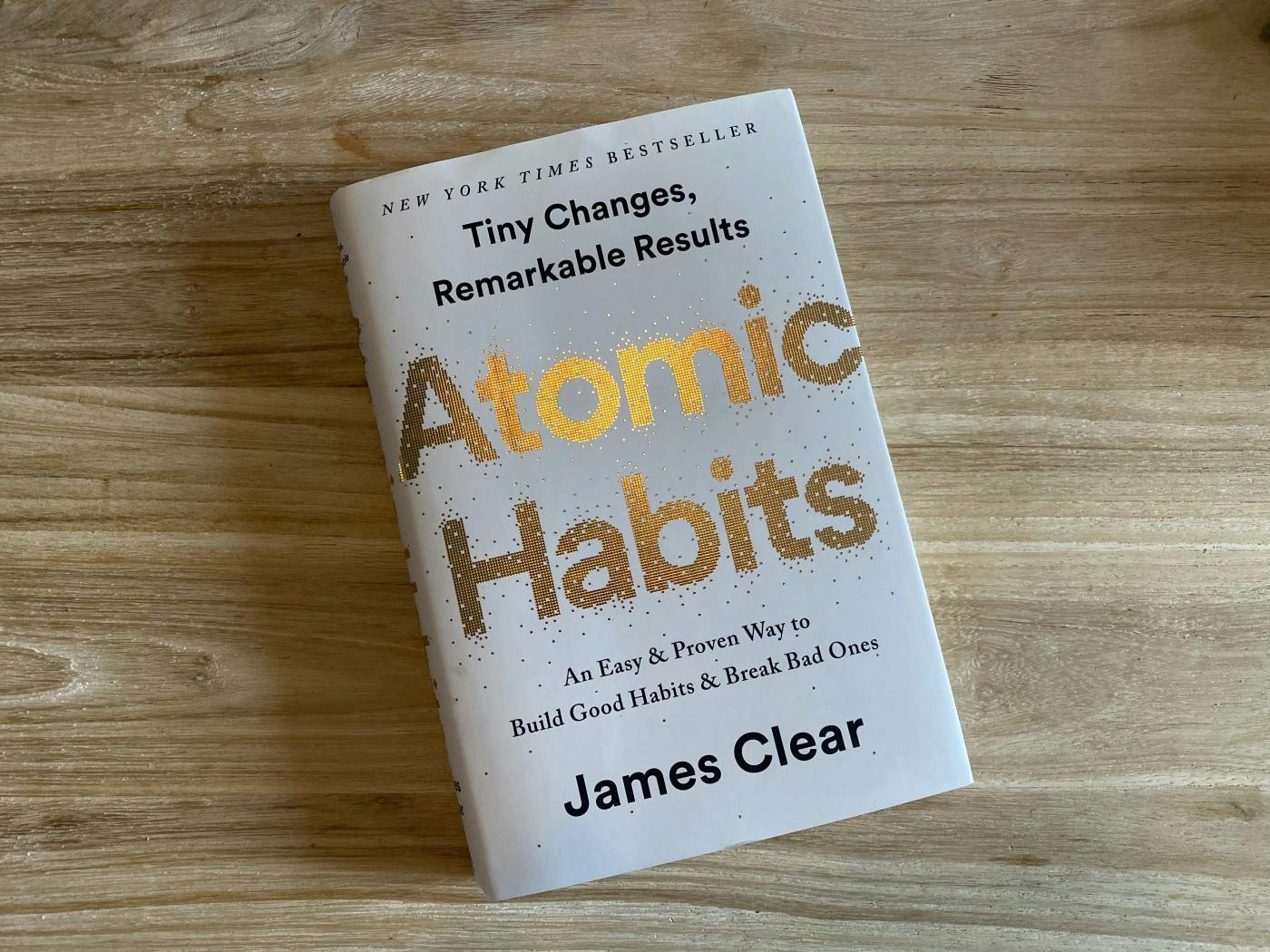All big things come from small beginnings. The seed of every habit is a single, tiny decision. But as that decision is repeated, a habit sprouts and grows stronger. Roots entrench themselves and branches grow.
If you're having trouble changing your habits, the problem isn't you. The problem is your system, bad habits repeat again and again not because you don't want change but because you have wrong system to change, you don't rise to the level of goals but fall in level of your system. Habits are like atoms, each one is a fundamental unit that contributes to your overall growth. Try very tiny and approachable steps first which leads to your goal. That's the atomic habit- a regular practice or a routine that is not only small and easy to do, but also source of power for system of compound growth.
The process of building a habit can be divided into four simple steps- cue, craving, response and reward.
- First is cue i.e that triggers your brain to initialize a behavior which predicts a reward as the cue is the first indication that we're close to reward, it naturally leads to craving.
- Craving is second step which is the motivational force behind every habit. "You are not motivated by brushing your teeth but rather by the feeling of a clean mouth". Every craving is linked to a desire to change your internal state. The cues are meaningless until they are interpreted. The thoughts, feelings, and emotions of the observer are what transform a cue into a craving.
- Response is third step, it is actual habit you perform which can take a form of thought or an action. Your response also depends on your ability. It sounds simple but can only occur if you are capable. If you want to dunk basketball, you have to jump higher.
- Reward is the end goal of your habit, purpose of reward is to satisfy your craving. Rewards teach us which actions are worth remembering in the future.
If a behavior is insufficient in any of the four stages, it will not become a habit. Eliminate the cue your habit will not start. Reduce craving, you won't experience motivation to act. Make the behavior difficult than you will not able to do it. And if the reward fails to satisfy your desire, then you'll have no reason to do it again.
Final: The cue triggers a craving, which motivates a response, which provides a reward which satisfies the craving and ultimately becomes associated with cue.
Let's take real world example, lets' say you want to make habit of regular coding. Cue is to predict reward what you will get as reward. Craving is motivation why you want to do coding may be to achieve problem solving skills, job or just for fun. Response is to start, not doing hard problems, start with very easy problems and increase level periodically and finally reward try doing contests or hackathons or development which will satisfy your craving of doing well in this industry and you will know you are going at right direction.
To be continued............
 Pic credits: medium
Pic credits: medium
